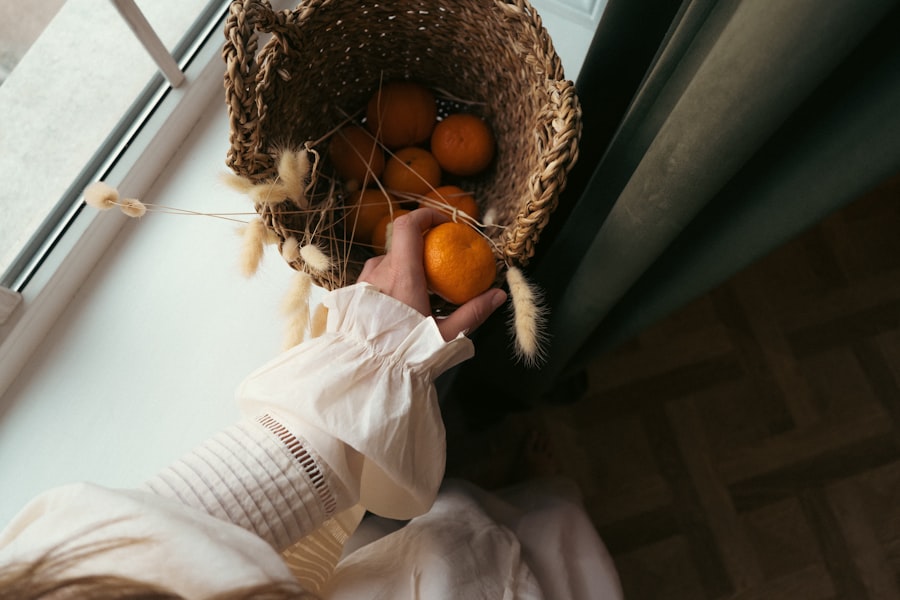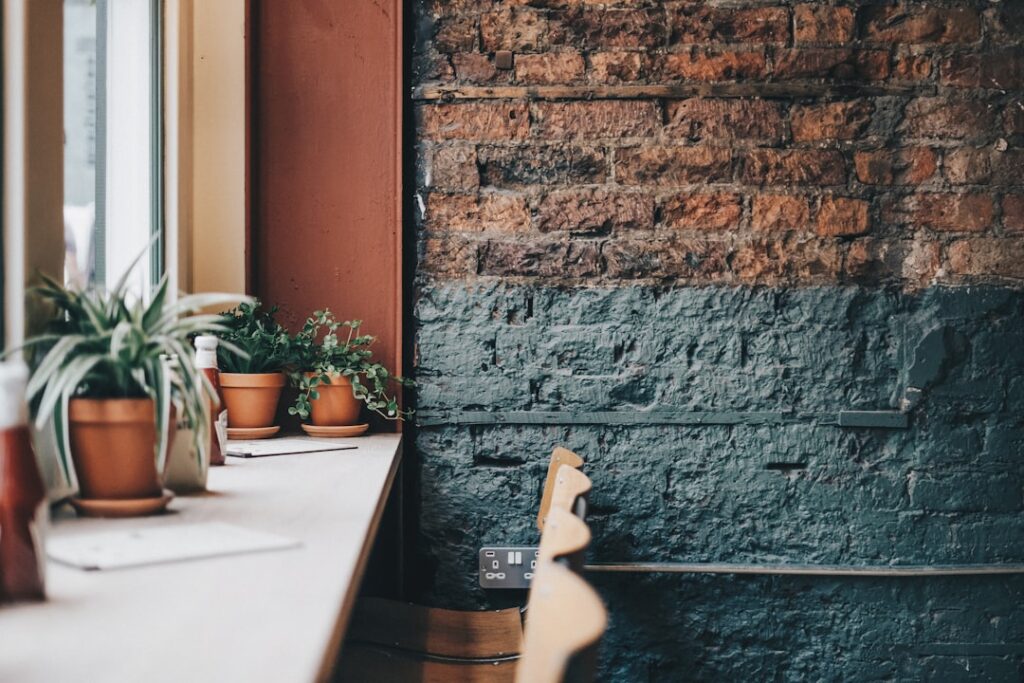The furniture industry in the United Arab Emirates has undergone a remarkable transformation over the past few decades, evolving from traditional craftsmanship to a modern design ethos that reflects both local heritage and global influences. This rise of modern Emirates furniture can be attributed to several factors, including rapid urbanization, a burgeoning expatriate population, and a growing appreciation for contemporary aesthetics. As cities like Dubai and Abu Dhabi have developed into cosmopolitan hubs, the demand for innovative and stylish furniture has surged, leading to the emergence of numerous local and international brands that cater to diverse tastes.
In this dynamic landscape, furniture designers and manufacturers have begun to blend traditional Emirati elements with modern design principles. This fusion not only honors the rich cultural heritage of the region but also meets the demands of a modern lifestyle. The result is a unique style that resonates with both locals and expatriates, characterized by clean lines, functional forms, and an emphasis on comfort.
As a reflection of the UAE’s rapid economic growth and cultural evolution, modern Emirates furniture has become a symbol of sophistication and luxury, appealing to those who seek to create elegant living spaces that are both functional and aesthetically pleasing.
Key Takeaways
- Modern Emirates furniture has seen a rise in popularity, blending traditional Emirati design with contemporary styles and trends.
- Traditional Emirati design has heavily influenced modern furniture, incorporating cultural elements and high-quality materials to create luxurious living spaces.
- Embracing contemporary styles and trends has allowed for the evolution of Emirati furniture, catering to modern tastes while still honoring traditional design elements.
- High-quality materials are a key component of Emirates furniture, ensuring durability and luxury in creating comfortable living spaces.
- Emirati furniture design focuses on creating luxurious and comfortable living spaces, incorporating cultural elements and embracing modern trends.
The Influence of Traditional Emirati Design
Traditional Emirati design has played a pivotal role in shaping the aesthetics of modern furniture in the UAE. Rooted in the region’s history, traditional design elements often draw inspiration from the natural environment, local materials, and cultural practices. For instance, the use of geometric patterns, intricate carvings, and vibrant colors can be traced back to the artistic expressions found in traditional Emirati architecture and textiles.
These elements are now being reinterpreted in contemporary furniture pieces, creating a dialogue between past and present. One notable example of this influence is the incorporation of mashrabiya, a type of wooden latticework that provides privacy while allowing air circulation. Designers have adapted this traditional feature into modern furniture designs, such as room dividers or decorative screens that maintain cultural significance while serving practical purposes.
Additionally, motifs inspired by local flora and fauna often find their way into upholstery and surface designs, further bridging the gap between traditional craftsmanship and contemporary aesthetics. This blending of styles not only preserves cultural heritage but also enriches the overall narrative of modern Emirates furniture.
Embracing Contemporary Styles and Trends

As the UAE continues to embrace globalization, contemporary styles and trends have significantly influenced the furniture market. Designers are increasingly looking beyond regional boundaries to incorporate international design movements into their work. Minimalism, Scandinavian design, and mid-century modern aesthetics have all made their mark on the Emirates furniture scene, resulting in a diverse array of options for consumers.
This eclectic approach allows for greater personalization in home decor, enabling individuals to curate spaces that reflect their unique tastes. Moreover, the rise of social media platforms has played a crucial role in shaping contemporary design trends in the UAE. Influencers and interior designers showcase innovative furniture pieces and decor ideas that resonate with a wide audience.
This exposure has led to a heightened awareness of global design trends, prompting local manufacturers to adapt their offerings accordingly. As a result, consumers now have access to an extensive range of styles that blend traditional Emirati elements with contemporary influences, creating a harmonious balance between heritage and modernity.
The Use of High-Quality Materials in Emirates Furniture
The quality of materials used in furniture production is paramount in the Emirates market, where luxury is often synonymous with durability and craftsmanship. Local manufacturers are increasingly prioritizing high-quality materials such as solid wood, leather, and natural fibers to create pieces that not only look exquisite but also stand the test of time. The use of these materials reflects a commitment to sustainability and ethical sourcing practices, which are becoming increasingly important to consumers.
In addition to traditional materials, innovative composites and finishes are also gaining popularity among designers. For instance, engineered wood products offer both aesthetic appeal and structural integrity, making them ideal for modern furniture applications. Furthermore, advancements in technology have led to the development of high-performance fabrics that are resistant to stains and wear while maintaining a luxurious feel.
This focus on quality ensures that modern Emirates furniture not only enhances the visual appeal of living spaces but also provides long-lasting functionality.
Creating a Luxurious and Comfortable Living Space
The concept of luxury in home decor extends beyond opulence; it encompasses comfort, functionality, and personal expression. Modern Emirates furniture is designed with these principles in mind, offering pieces that invite relaxation while making bold aesthetic statements. Sofas with plush upholstery, ergonomic chairs, and versatile modular systems are just a few examples of how designers prioritize comfort without compromising on style.
Moreover, the layout of living spaces plays a crucial role in creating an inviting atmosphere. Open floor plans that encourage fluid movement between areas are increasingly popular in contemporary Emirati homes. Furniture arrangements that promote social interaction—such as circular seating configurations or multi-functional pieces—further enhance the sense of comfort and luxury.
By thoughtfully considering both aesthetics and functionality, modern Emirates furniture contributes to creating living spaces that are not only visually stunning but also conducive to relaxation and connection.
Incorporating Emirati Cultural Elements into Home Decor

Emirati culture is rich with symbolism and tradition, which can be beautifully integrated into home decor through various design elements. From intricate calligraphy to traditional motifs inspired by local crafts, there are countless ways to celebrate Emirati heritage within modern interiors. Designers often draw upon these cultural references to create unique pieces that resonate with both locals and expatriates alike.
For instance, decorative items such as handcrafted pottery or woven baskets can serve as focal points within a room while telling a story about Emirati craftsmanship. Additionally, artwork featuring traditional scenes or abstract interpretations of local landscapes can add depth and character to living spaces. By incorporating these cultural elements into home decor, individuals can create environments that reflect their identity while honoring the rich history of the UAE.
The Role of Technology in Modern Emirates Furniture
Technology has revolutionized various aspects of furniture design and production in the UAE. From advanced manufacturing techniques to smart home integration, technology is reshaping how furniture is conceived, created, and utilized. For instance, computer-aided design (CAD) software allows designers to visualize their concepts with precision before they are brought to life.
This not only streamlines the production process but also enables greater creativity in design. Moreover, smart furniture solutions are becoming increasingly popular among consumers seeking convenience and functionality. Pieces equipped with built-in charging stations or adjustable features cater to the needs of modern lifestyles where technology plays an integral role.
As smart home technology continues to evolve, it is likely that we will see even more innovative solutions integrated into furniture design—transforming how we interact with our living spaces.
Sustainability and Eco-Friendly Practices in Emirati Furniture Design
As global awareness of environmental issues grows, sustainability has emerged as a key consideration in furniture design within the UAE. Many manufacturers are adopting eco-friendly practices by sourcing sustainable materials and implementing responsible production methods. This shift not only addresses consumer demand for environmentally conscious products but also aligns with broader initiatives aimed at promoting sustainability within the region.
For example, some designers are utilizing reclaimed wood or recycled materials in their creations, reducing waste while adding character to their pieces. Additionally, eco-friendly finishes and adhesives are being employed to minimize harmful emissions during production. By prioritizing sustainability in their designs, Emirati furniture makers are not only contributing to environmental preservation but also setting an example for future generations about the importance of responsible consumption and production practices in the industry.
If you are looking to upgrade your office with modern furniture, you may want to consider investing in ergonomic workstations. These workstations are designed to promote better posture and reduce strain on the body, ultimately leading to increased productivity and employee satisfaction. To complement your ergonomic workstations, you may also want to consider adding some luxury modern executive desks to your office space. These desks not only provide a sleek and professional look but also offer functionality and comfort for those long workdays. For more information on upgrading your office furniture, check out this article on creating ergonomic workstations.
FAQs
What is modern Emirates furniture?
Modern Emirates furniture refers to contemporary furniture designs that are influenced by the culture and heritage of the United Arab Emirates. These designs often incorporate traditional Emirati elements and materials, while also embracing modern styles and functionality.
What are the characteristics of modern Emirates furniture?
Modern Emirates furniture is known for its sleek and minimalist designs, often featuring clean lines, geometric shapes, and a neutral color palette. It also often incorporates traditional Emirati materials such as palm wood, camel leather, and brass, giving it a unique and cultural touch.
Where can I find modern Emirates furniture?
Modern Emirates furniture can be found in specialized furniture stores in the United Arab Emirates, as well as in online stores that cater to international customers. Additionally, many modern Emirates furniture designers and brands showcase their collections at international furniture fairs and exhibitions.
What are the popular types of modern Emirates furniture?
Popular types of modern Emirates furniture include sofas, chairs, tables, and storage units that are designed with a contemporary aesthetic while incorporating traditional Emirati elements. Additionally, modern Emirates furniture often includes decorative items such as lamps, rugs, and wall art.
How does modern Emirates furniture differ from traditional Emirati furniture?
Modern Emirates furniture differs from traditional Emirati furniture in its design aesthetic and functionality. While traditional Emirati furniture is often ornate and heavily influenced by Islamic art and architecture, modern Emirates furniture embraces a more minimalist and contemporary approach while still honoring Emirati heritage.


